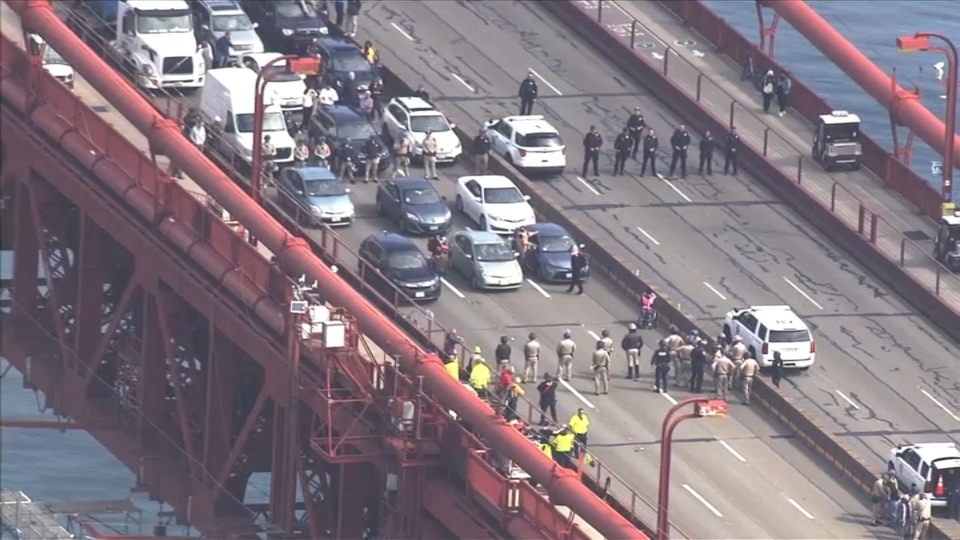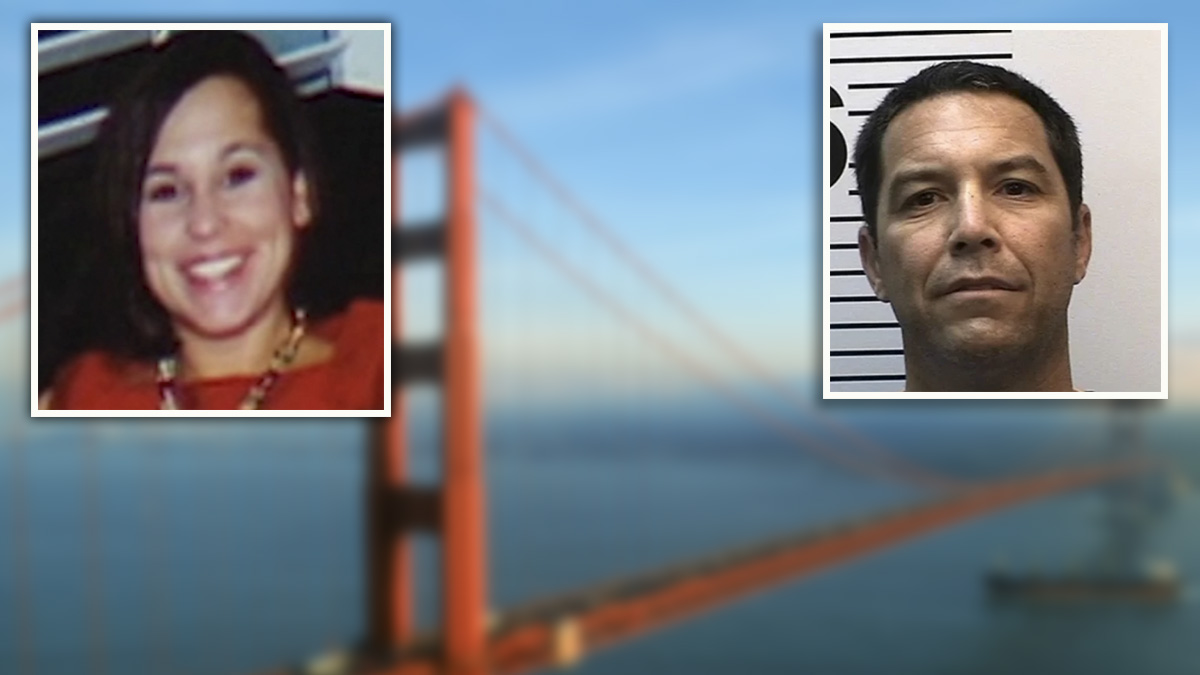The finger-pointing over the cracked beams on the Transbay Terminal in San Francisco escalated Thursday when the project’s lead steel contractor went on the offensive, blaming its unique design rather than code violations for the failures that prompted the ongoing shutdown of the transit hub.
In the first detailed remarks related to the $2 billion transit project, Skanska, and its subcontractor Herrick Corp., said all four beams it provided met "relevant” building code requirements. But two weeks earlier, Transbay Executive Director Mark Zabaneh announced the beams did not comply with welding code.
"The weld access holes for Fremont Street and the weld access holes for First Street were not done to code," Zabaneh said following a March 14 meeting of the Transbay Joint Powers Authority governing board. "This is something of great concern to us."
NBC Bay Area’s Investigative unit was the first to identify the rectangular weld access holes cut into 4-inch-thick steel sections as being at the root of the problem.
Zabaneh now contends welders who cut the holes left behind rough surfaces that, under welding code, should have been ground smooth to prevent tiny cracks from getting worse.
But on Thursday, Skanska bristled at the suggestion that building code violations played any role.
"TJPA officials have made incorrect statements around the agency’s responsibility for the girder inspection process, as well as the role and actions of their designer, Thornton Tomasetti, who was responsible for the structural design of the facility," Skanska said, noting that it was that same design firm that wanted the holes cut in the first place.
Local
"TJPA has made repeated attempts to downplay Thornton Tomasetti’s responsibility for these cuts, despite clear evidence to the contrary. What is clear is that Skanska and Herrick completed this work as directed and in accordance with relevant building codes and standards."
Skanska said the cracking could be traced to "high-stress-level concentrations” built into the "unique design of the girders."
"Simply put, the design of the girders by TJPA’s designer resulted in structural members that were susceptible to failure. Skanska has had several meetings with the TJPA to express these concerns and has requested an opportunity to present these findings to the TJPA board, but Skanska’s request was denied."
Zabaneh has said design played no role in the failures, noting the beams were not under high stress. And although he has blamed the contractors for code violations, Zabaneh has acknowledged that Transbay’s own quality assurance inspector failed to identify the code violation.
In fact, documents Transbay disclosed under the Public Records Act show that Inspection Services Inc., Transbay’s quality oversight contractor, certified the holes cut in the two First Street beams back in 2015. "Visual inspections and NDE [non-destructive examination] by magnetic particle testing of the hole areas are acceptable" the findings conclude, "per code requirements."
In response to Skanska’s statement Thursday, Zabaneh said: "We owe the public a thorough, transparent and independent review of exactly what happened. I am confident that the process in place is fair, solicits and considers the feedback of all concerned parties, and is taking all of the facts into consideration. Not everyone is going to like the results, but we are only going where the facts and evidence lead. At the end of the day, the public was let down and we intend to hold the responsible party accountable."



